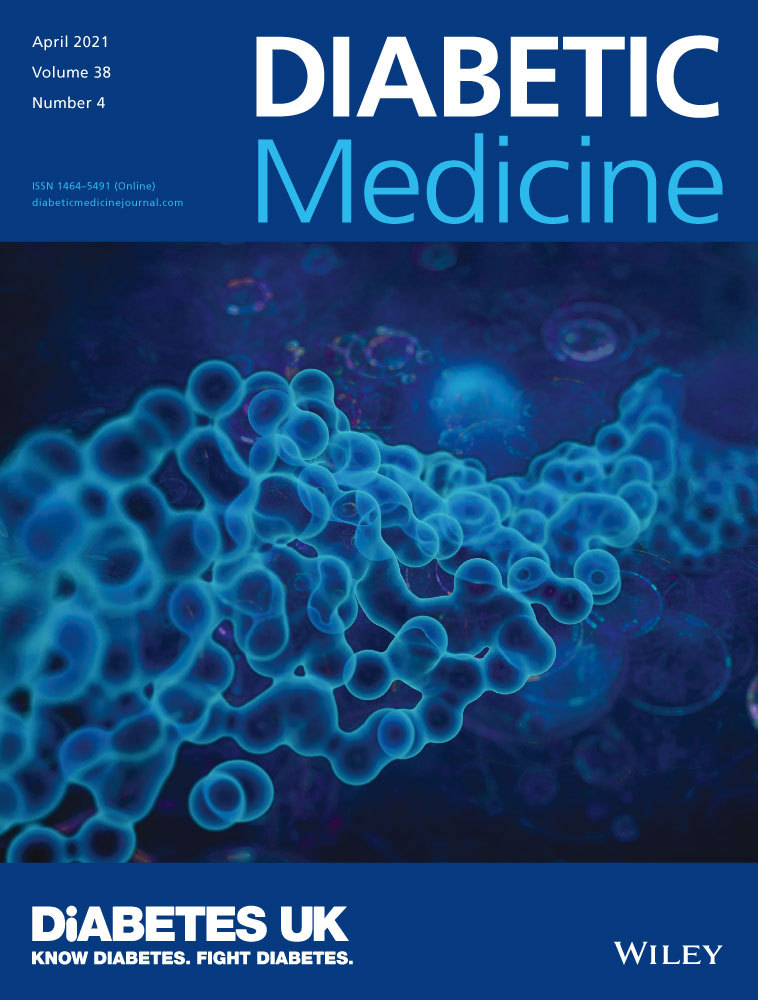Long-term outcome of persons with diabetic and non-diabetic neuro-osteoarthropathy after foot correction using external fixation
Funding information
The study was funded by the authors’ institutions.
Abstract
Aim
Diabetic neuro-osteoarthropathy (Charcot foot) is a serious form of diabetic foot syndrome, often leading to severe deformity of the foot and subsequently to ulcers and osteomyelitis. The aim of this retrospective study was to determine the success rate and long-term outcomes for a Charcot foot operation using external fixation in 115 individuals who underwent surgery between July 2008 and December 2012.
Methods
Some 115 consecutive persons, 78 (68%) men and 37 (32%) women, were enrolled in this study. The eligibility criterion for this retrospective study was reconstructive foot surgery using a Hoffmann II external fixator in diabetic and non-diabetic neuro-osteoarthropathy. The main examination parameters in the follow-up were walking ability, amputation and mortality. Average follow-up was 5.7 (± 3.2) years.
Results
Ninety-seven per cent of people were able to walk after the operation with bespoke shoes or an orthosis. At follow-up, 77% were able to walk and 51% were fully mobile even outside the home. Subsequent amputations were performed in 29 individuals (26%), with 17 (15%) minor and 12 (11%) major amputations. Forty-seven individuals died before follow-up, the majority (53%) from cardiovascular events. Average survival time post surgery was 4.5 (± 2.9) years.
Conclusion
Reconstruction surgery using external fixation is a very useful method for maintaining walking ability in the case of conservatively non-treatable diabetic and non-diabetic neuro-osteoarthropathy. Individuals with severe Charcot foot disease had a low rate of major amputations. Osteomyelitis was the main reason for major amputations.




